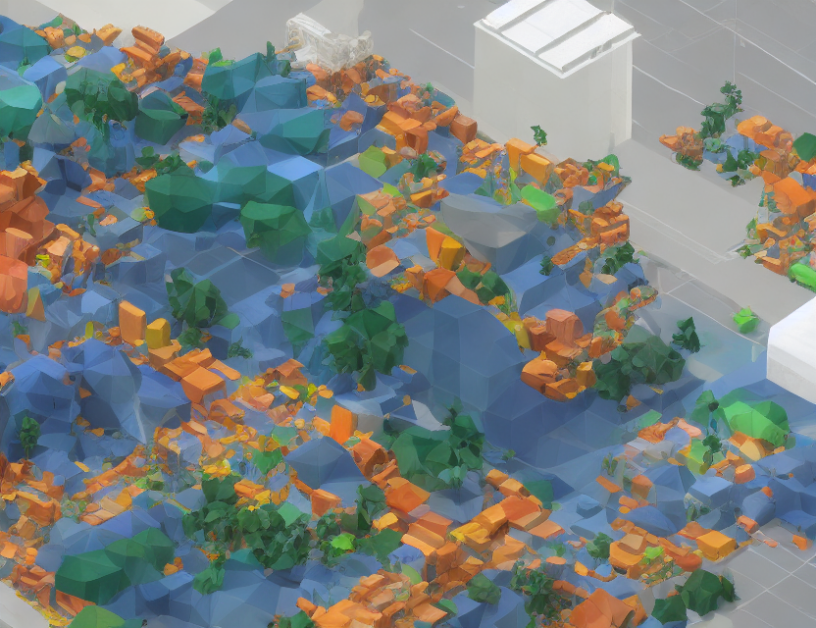This article delves into the realm of graph neural networks (GNNs) and their potential to enhance multimodal recommendations in various domains, including multimedia and social networks. The authors explore the limitations of traditional methods that only model low-order user-item interactions and demonstrate the efficacy of incorporating higher-order user interests through modality-aware auxiliary graph structures or integrating multimodal contents into item embeddings.
The article begins by highlighting the challenges of modeling complex user behaviors in multimedia recommendation systems, where users interact with multiple modalities (e.g., textual and visual content) to express their preferences. The authors observe that traditional collaborative filtering methods fail to capture these subtle cues, leading to suboptimal recommendations.
To address this issue, the authors propose the use of GNNs to model higher-order user interests by incorporating modality-aware auxiliary graph structures or integrating multimodal contents into item embeddings. These approaches enable the model to capture complex interactions between different modalities and provide more accurate recommendations.
The authors then delve into specific techniques for enhancing multimodal recommendations, including incorporating modality-aware attention mechanisms (Chen et al., 2017) or constructing modality-aware auxiliary graph structures (Zhang et al., 2021). They also discuss the use of contrastive learning to enhance graph-based recommendations (Lee et al., 2021; Wu et al., 2021).
The article concludes by highlighting the potential of GNNs in multimodal recommendation systems and the need for further research to fully explore their capabilities. The authors acknowledge the support from various funding agencies and express gratitude to anonymous reviewers for their valuable comments.
Computer Science, Information Retrieval
Enhancing Graph-Based Recommendation with Contrastive Learning



